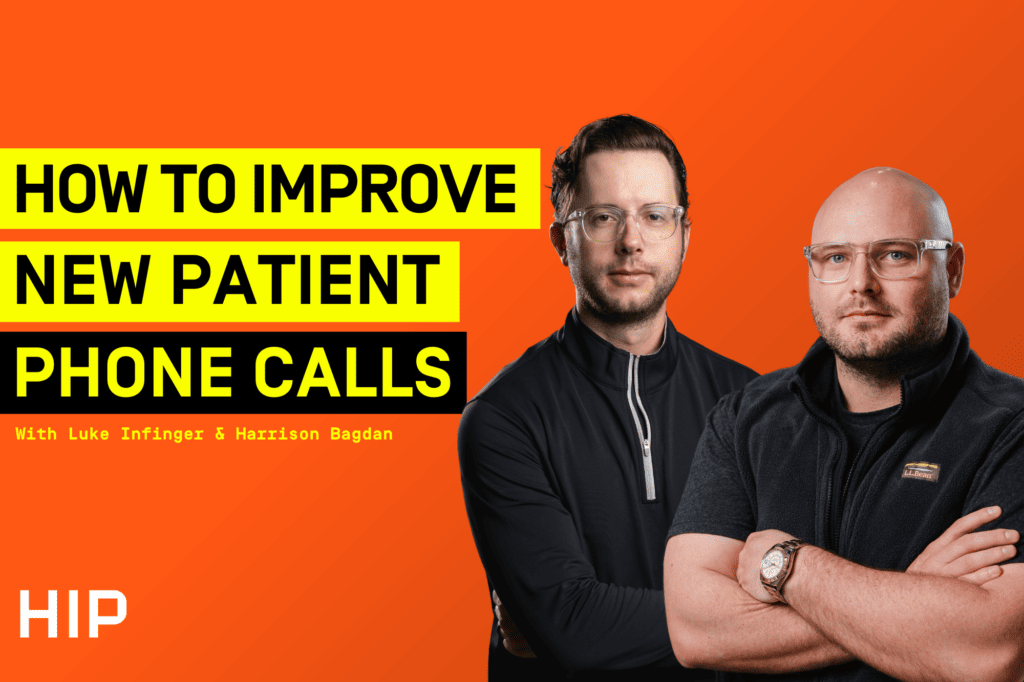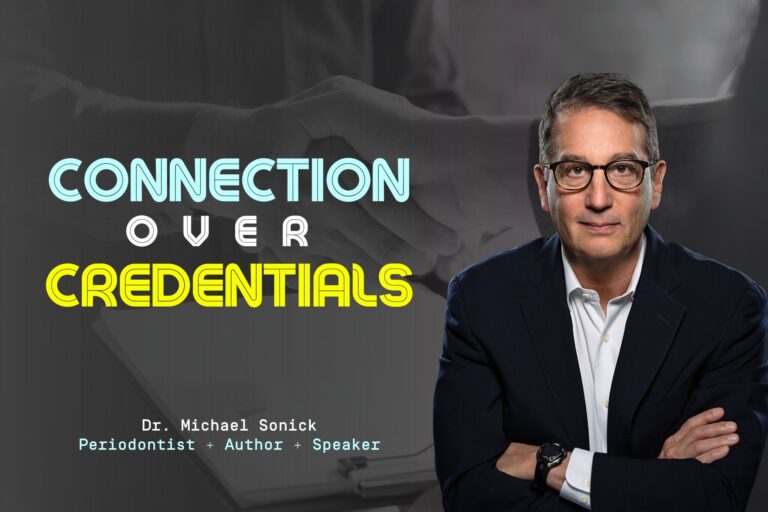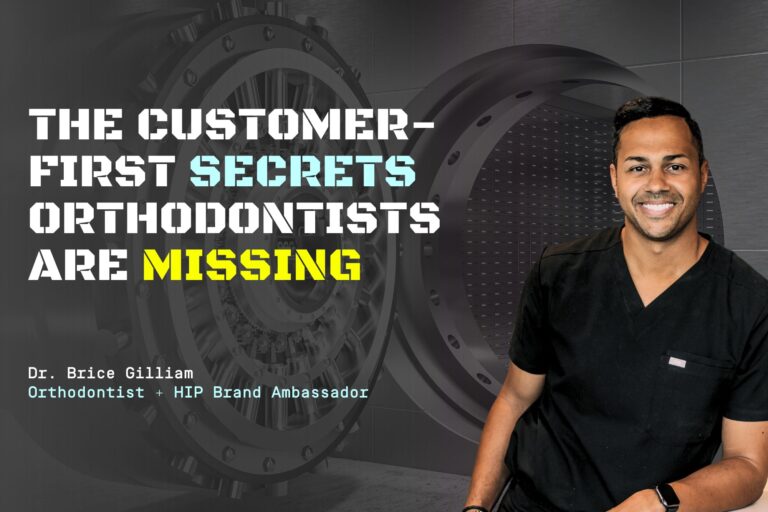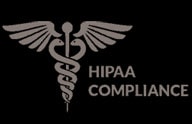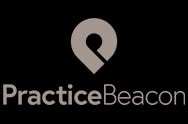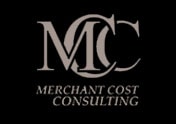Subscribe: RSS
Effective communication forms the bedrock of a thriving orthodontic practice. From the initial inquiry to post-treatment follow-ups, every patient interaction is an opportunity to build trust, allay concerns, and foster lasting relationships. In this comprehensive blog post, we delve into the intricacies of patient communication by dissecting actual appointment setter calls. Join us as we unravel the nuances of tone, curiosity, empathy, and humor, and explore actionable strategies to elevate your practice’s communication game.
The Power of Tone and Tempo: Crafting Confidence and Trust
The journey of effective communication begins with tone and tempo. Just as the old adage goes, “It’s not what you say, but how you say it.” The power of a confident and reassuring tone cannot be overstated. As Harrison and Luke point out, potential patients are perceptive to the nuances of speech—confidence builds trust, and trust establishes credibility. By projecting enthusiasm and reliability, you set a positive precedent for the entire conversation.
An integral technique the duo emphasizes is the use of tie-down questions. These thoughtfully crafted inquiries, such as “How long have you been contemplating this?” or “What prompted you to consider orthodontic treatment now?” enable you to unearth valuable insights into the patient’s motivations, concerns, and expectations. Tie-down questions also convey genuine interest, creating an atmosphere of personalized care.
Navigating Uncertainty with Assurance and Transparency
Addressing uncertainty head-on is another cornerstone of effective communication. Patients, especially newcomers, may harbor reservations about treatment procedures, costs, or the overall experience. By deftly addressing these uncertainties, you demonstrate your commitment to their well-being. Harrison’s skillful pivot towards reassuring statements when callers express hesitation showcases the importance of instilling confidence.
Setting clear expectations is equally crucial. Providing insights into the consultation process and potential costs—without delving into intricate fees—creates a sense of transparency and eases anxiety. Patient-centric communication that outlines payment options, insurance coverage, and available financing ensures patients feel informed and empowered.
Crafting Conversational Pathways: The Art of Scheduling
Navigating appointment scheduling is an art that requires finesse. Harrison and Luke introduce the concept of “wide net statements.” Starting with a broader question and then progressively narrowing down options is a strategic way to guide patients through the scheduling process. By offering concise choices, you facilitate decision-making and streamline the process for patients, ultimately ensuring their convenience.
Live transfers, though not without their challenges, represent a critical transition in the conversation. The ability to seamlessly connect patients with different departments enhances the patient experience and underscores your practice’s commitment to holistic care.
From Active Listening to Empathetic Responses
Active listening is the cornerstone of empathetic communication. Throughout the calls, Harrison and Luke showcase their prowess in this aspect. Their attentive listening allows them to respond thoughtfully and address patients’ individual needs, building a sense of understanding and trust. By echoing patients’ concerns and showing empathy, you create a safe space for patients to share their worries and aspirations.
The application of humor emerges as a delightful surprise. Ashley’s playful banter and witty comments serve as a testament to the positive impact of humor in fostering connections. A well-timed joke can alleviate tension and create a relaxed atmosphere, making patients feel valued and at ease.
Sealing the Deal with Thoughtful Closure
As the conversation draws to a close, the importance of a strong finish comes into play. The conclusion is an opportunity to reinforce the rapport you’ve built and provide crucial information. A warm farewell, a reminder of the scheduled appointment, and a sincere promise of a remarkable experience convey your dedication to the patient’s journey.
Mastering effective communication in orthodontic consultations is an ongoing process that requires finesse, empathy, and adaptability. From establishing a positive tone and utilizing tie-down questions to navigating uncertainties and seamlessly scheduling appointments, the conversation dynamics explored by Harrison and Luke are laden with valuable insights.
Every interaction holds the potential to enhance the patient experience and cultivate lasting relationships. By embracing the principles of confident communication, active listening, and patient-centered care, you can transform the way patients perceive your practice. This journey isn’t just about conveying information—it’s about building connections, allaying fears, and empowering patients to embark on their orthodontic journey with confidence. As you implement these strategies, remember that each conversation contributes to the fabric of trust that defines your practice’s relationship with its patients.
Front Desk Secrets Course
If you’re aiming to enhance your front desk performance, don’t miss the opportunity to explore our comprehensive all-in-one course. This meticulously crafted course draws insights from the practices of the top 1% in the nation’s most rapidly advancing orthodontic sector, responsible for driving remarkable growth.
Introducing the Front Desk Secrets course – a truly immersive learning journey featuring hands-on experiences, expertly guided videos, and downloadable resources including scripts and checklists. Unlock the potential for transformational growth within your front desk operations and beyond: https://course.hip.agency/front-desk-secrets-course
